The history of the ice from an Austrian perspective
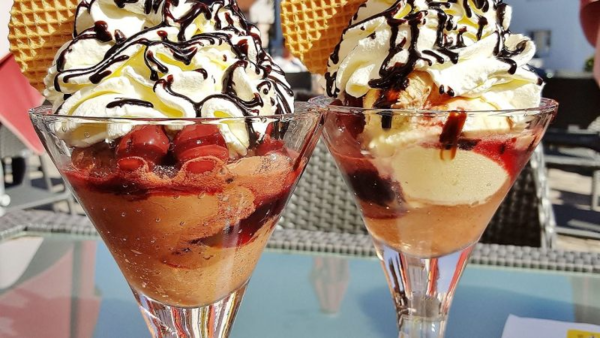
[아츠앤컬쳐] 오늘날 음식이나 그 기원을 찾을 때 흔히 그렇듯이 아이스크림의 시작은 명확하지 않다. 고대중국에는 첫 먹는 얼음이 이미 5000년 전부터 알려져 있었다고 한다. 다른 예로는 아랍인들이 이른바 ‘샤르바트’를 시칠리아를 거쳐 유럽으로 가져갔고, 십자군도 그것을 유럽으로 가져갔으며, 마르코 폴로 또한 그의 여행에서 신기한 것을 가져왔다고 한다.
고대로마에는 이미 ‘천연 얼음’이 있었다는 것이 증명되었다. 그들은 베수비우스와 에트나에서 얼음과 눈을 가져와 과일과 향을 섞었다. 알렉산더 대왕은 여행 중 전령들이 가져온 눈에 꿀, 과일, 향신료와 섞어 먹었다고 한다. 서기 1200년경, 중국 시인 양만리(楊萬里)는 ‘언 우유’를 노래했다. 16세기에 메디치가의 캐서린은 물과 과일주스로 만든 아이스크림이나 과일 퓨레를 파리에서 이탈리아로 가져갔다고 한다.
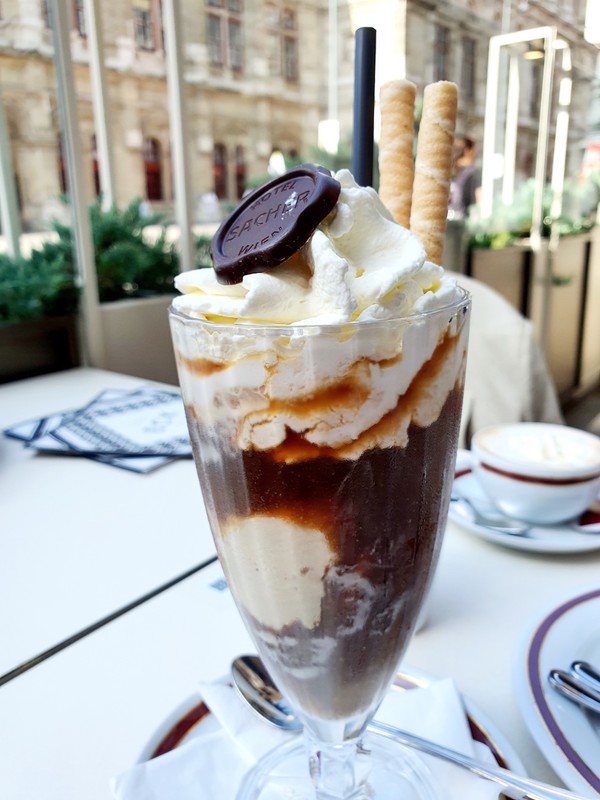
전하기로는 1675년에 파리에서 시칠리아의 프란체스코 프로코피오가 처음으로 ‘동결된’ 형태를 만들었다고 한다. 비엔나에서는 17세기 말 제2차 터키 공성전 이후에야 알려졌는데, 처음에는 귀족들만이 향유했다. 18세기 중반, 과일과 초콜릿 아이스크림은 이미 레모네이드 가게에서 먹을 수 있었지만, 높은 가격(석공/목공의 하루 급여인 12~30 크로이처) 때문에 널리 퍼지지 못했다.
실제로는 대부분 이탈리아인이 아이스크림을 제조하여 길거리에서 흰색과 빨간색으로 칠한 작은 수레에서 판매하고 작은 종을 치며 손님을 끌기 시작했다. 대부분 라즈베리, 바닐라, 레몬, 초콜릿의 아이스크림은 차가운 토기 용기에 담아 운반하고, 뿔주걱으로 아이스크림을 떠서 콘(원뿔)으로 판매했다. 회전율이 커짐에 따라 크기가 작아지고 가격도 2~5 크로이처로 내려갔다.
최초의 아이스크림 기계는 1843년에 발명되었다. 1876년부터는 냉장고 덕분에 아이스크림 생산이 크게 간소화되었는데, 이에 따라 일반 사람들도 아이스크림을 싼 가격에 사게 되었다. 최초의 아이스캔디는 1923년 미국에서 특허를 받았으며, 소프트 아이스크림은 20세기 중반에 영국에서 발명되고, 최초의 아이스크림 공장도 건설되었다. 1883년, Liesinger Actien 양조장(비엔나)의 소유주인 사업가 모리츠 파버는 최첨단 시스템을 갖춘 얼음 공장을 짓기로 결정했다. 다행히도, 생산성과 함께 위생적인 측면과 규제도 중요시되어, 오늘날에도 무해한 아이스크림을 즐길 수 있게 되었다.

지금까지도 오스트리아에서는 주로 이탈리아 아이스크림을 판매하며, 대부분의 아이스바는 여전히 이탈리아인들의 소유다. 하지만, 이탈리아 외에 오스트리아의 얼음 제작자 쿠르트 티치가 1967년에 ‘아이스마릴렌 크뇌델’을 발명했는데, 겉에 얼음이 덮인 살구공으로 후에 특허를 받아, 지금은 오스트리아 너머까지 널리 알려져 있다.
오스트리아와 이탈리아의 아이스크림은 원칙적으로 미국 아이스크림과 매우 다르며, 비엔나 아이스커피부터 체리 리큐어, 코냑, 샴페인 또는 다른 알코올 성분이나 무알코올 성분이 들어간 다양한 변형 제품이 있다.

The history of the ice from an Austrian perspective
The beginnings of ice cream are not entirely clear, as is so often the case when looking for the origins of food or foods of today. One assumption is based on the fact that the first ice in ancient China was already known 5000 years ago. Other variants: The Arabs brought their so-called "Sharbat" or "Sherbet" via Sicily to Europe, the Crusaders took it with them to Europe, Marco Polo brought the novelty from his travels with him.
It has been proven that there was already "natural ice" in the ancient Romans. They fetched ice and snow from Vesuvius and Etna and mixed this natural ice with fruits and aromas. Alexander the Great is also said to have had snow brought to him by messengers during his travels and ate it mixed with honey, fruit and spices. Around 1200 AD, the Chinese poet Yang Wan Li sang the "frozen milk" in the cellars of wealthy Chinese citizens. In the 16th century, Catherine of Medici allegedly brought ice cream made from water and fruit juice or fruit puree (Granitá) from Paris to Italy.
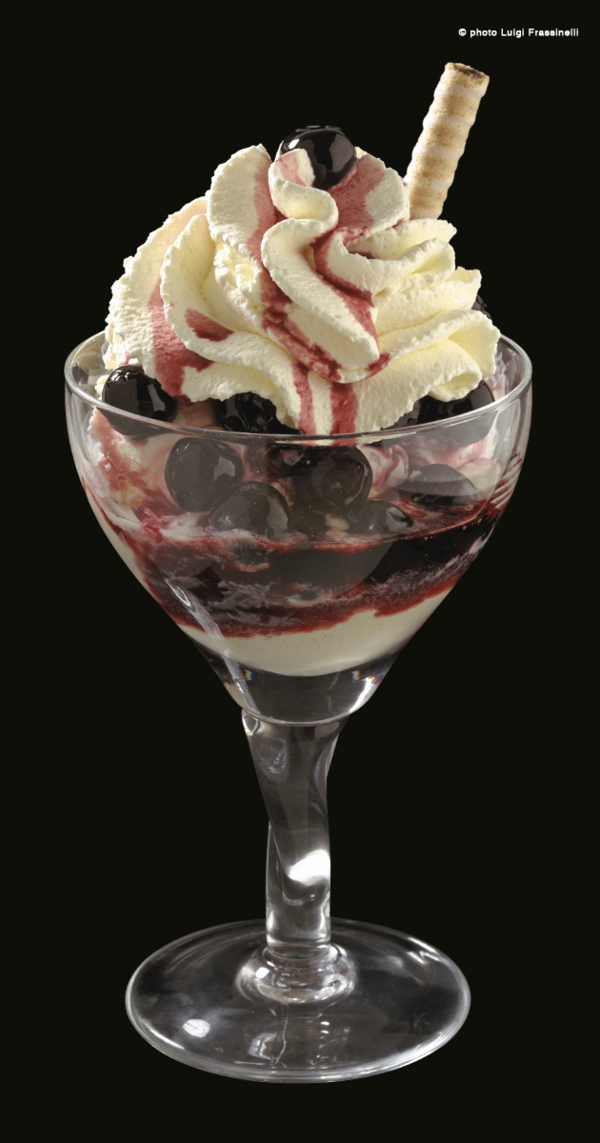
Allegedly, the Sicilian Francesco Procopio produced "frozen" in its present, solid form for the first time in Paris in 1675. In Vienna, it became known only after the Second Turkish Siege(end of the 17th century), but was initially reserved as a specialty for the nobility. In the middle of the 18th century, fruit and chocolate ice cream could already be consumed in the lemonade huts of the city center, but the high price (12-30 Kreuzer per cup, a daily salary of a Mason/Carpenter) hindered further spread.
The actual producers were mostly Italians. They were the ones who started to offer the ice cream (which was still produced by hand without machines) in street sales with small red-and-white painted trolleys and to attract customers by means of a small bell. Some types of ice cream (mostly raspberry, vanilla, lemon and chocolate ice cream) were carried in chilled earthenware containers, from which the ice cream was taken out by means of a horn spatula and sold in "Stanitzeln" (cone). The larger turnover pushed the prices down to 2-5 Kreuzer depending on the size of the portion.
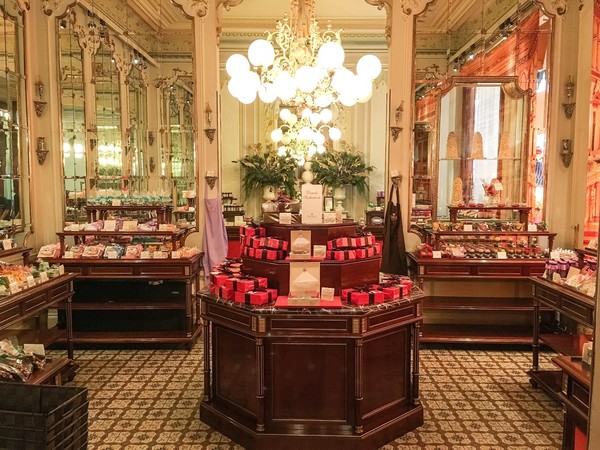
The first ice cream machine (with hand crank!) was invented in 1843. The chiller from 1876 greatly simplified ice cream production. This made ice cream affordable even for the common people and the general public. The first popsicles were patented in America in 1923, the soft ice cream was invented in Great Britain in the middle of the 20th century – at this time the first ice cream factories were also built. In 1883, the industrialist Moritz Faber (1837–1921), owner of the Liesinger Actien Brewery(Vienna), decided, despite earlier failures, to build an ice factory with state-of-the-art systems. Fortunately, with the production possibilities, the hygienic aspects and regulations also gained in importance, which today ensures the harmless enjoyment of icecream.
Up to now in Austria mainly Italian Ice cream is available, most of the ice bars are still owned by Italians. But not only Italian can make good ice cream, one of the exception is the Austrian ice Creator Kurt Tichy, he invented 1967 the “Eis Marillen Knödel” the “ice apricot baits”, which are later patented and are now known far beyond the borders of Austria, a wonderful apricot ball with outside ice.
In principle the Austrian and Italian ice cream variation are very different from the American Ice cream, starting with the Viennese Ice Coffee (similar to Affogato) up to different variants with Cherry Liquor, Cognac, Champaign or other alcoholic ingredients or non-alcoholic.
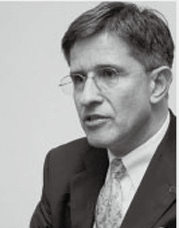
글 | 볼프강 슬라빈스키 Wolfgang Slawinski
서울명예시민
한·오스트리아협회 부회장

